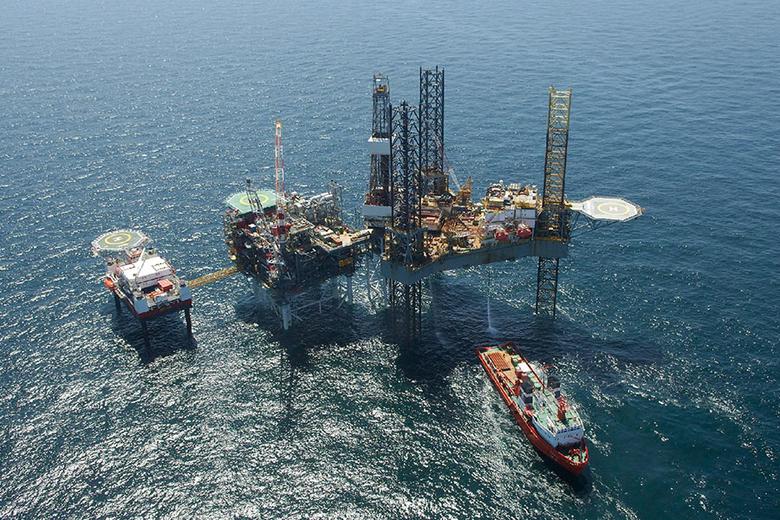
UPSTREAM'S EARNINGS UP

EIA - Oil production companies recorded positive earnings from their upstream (exploration and production) operations in the third quarter of 2016 for the first time since the fourth quarter of 2014. According to recently released earnings statements from 102 global oil companies, aggregate earnings from upstream operations totaled almost $4.8 billion. Even though this is considerably lower compared with earnings from 2011 to 2014, earnings recovered from significant losses that occurred throughout 2015 and the first half of 2016 (Figure 1). Oil companies have recently increased price hedging activity that, along with higher earnings, could suggest companies are reducing price risk with plans to increase investment and future production.
The companies in this study produced 33.9 million barrels per day (b/d) in the third quarter, accounting for about one-third of global liquids production. Despite the decline in crude oil prices that began in the third quarter of 2014, many producers have been able to maintain or slightly increase production. Production was slow to decline because many projects that were approved for development between the 2011 and 2014 period did not begin production until 2015 or 2016, offsetting natural declines from existing wells and cancellation of projects that were more sensitive to lower prices.
Over the past two years, many companies recorded losses as they wrote down the value of their assets—called an impairment—in the low-price environment. An impairment reflects assets that have estimates of future net cash flows below what a company has already spent to develop them. Impairments reduce earnings in the quarter in which a company recognizes them, but are nonrecurring reductions. As oil prices have traded between $40 per barrel (b) and $50/b since the second quarter of 2016, impairments declined significantly from 2015 to 2016, contributing to higher earnings from upstream production. Companies focused on U.S. onshore operations—which experienced comparatively larger impairments than other companies—are beginning to see an increase in earnings: over one-half of the companies focusing on U.S. onshore operations had positive earnings in the third quarter of 2016, an increase from the first quarter of 2016 when only 9% of these companies recorded positive earnings (Figure 2).
Companies typically need to access external sources of capital, such as debt or equity, to finance investment in projects that will increase production and operating cash flows. The crude oil price decline significantly reduced cash flow for all companies, and many U.S. onshore companies were at risk of defaulting on debt payments or having their access to capital reduced. However, most companies have reduced their capital expenditures at a faster pace than the decline in cash flow, lowering the amount that must be raised from capital markets. U.S. onshore producers and other companies have reduced the ratio of capital expenditures to cash from operations to the lowest level since at least 2011 (Figure 3). Lower capital expenditures suggest lower production in the future, although lower costs and improved operating efficiencies can lessen this impact on the oil market.
Some companies, however, announced flat or slightly increased future capital budgets in their latest quarterly statements. In addition, recent increases in short positions held by producers or merchants suggest crude oil producers are hedging the price risk of their future production. Because investment in new production has large upfront costs and long lead times, some producers mitigate future price risk through selling futures contracts, which locks in prices now. As of December 6, short positions in West Texas Intermediate (WTI) futures held by producers or merchants reached an all-time high, according to the Commodity Futures Trading Commission (CFTC).
Figure 4 illustrates that differences between prices throughout the WTI futures curve now support the likelihood of increased selling on longer-dated contracts. The difference between January 2017 and December 2017 WTI prices remain in contango (when near-term prices are less than longer-dated ones), reflecting currently high inventories and the expectation of inventory increases throughout 2017. The difference in WTI prices between December 2017 and December 2018, however, developed backwardation (when near-term prices are greater than longer-dated ones), settling at 89 cents/b as of December 13, reflecting expectations for inventory withdrawals to begin in 2018. If producers hedge their future price risk, it could indicate planned increases in future capital expenditure and production.
-----
Earlier:
OPEC PRODUCTION TARGET 32.5 MBD
OIL INVESTMENT: -$1.99 TLN + $630 BLN
ГЛОБАЛЬНОЕ ОБОСТРЕНИЕ КОНКУРЕНЦИИ









